Snooze Styles Across Eras in Japan

Delve into the past, and you'll find napping, or "hirune," was an exquisite art for women in Japan. They skillfully balanced rest with maintaining intricate hairstyles and elegant kimonos. Present-day scenes contrast starkly. Today's power naps occur in bustling city parks and snug café corners.
Japanese women adeptly handling work and personal commitments have transformed the napping culture. It's no longer about upholding traditional appearances but about seizing a moment of tranquility in a dynamic world. The rigid napping etiquette of yore has given way to quick, revitalizing breaks, a cherished respite for women navigating the vibrant landscape of contemporary Japan.
Kimono Whispers Fashion Evolution
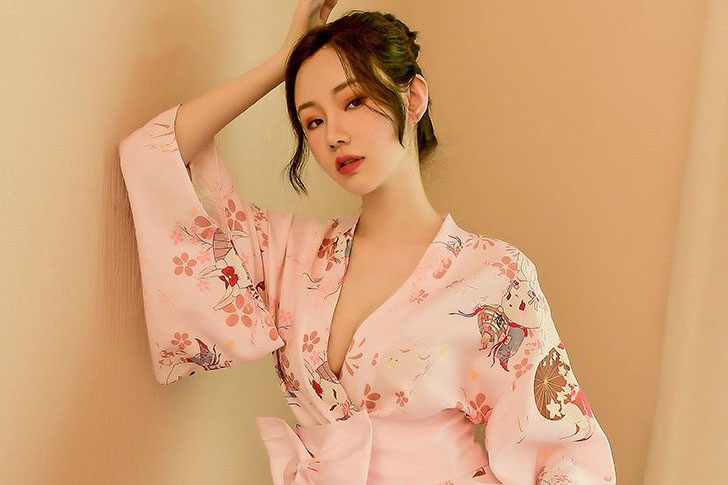
Imagine a woman delicately wrapped in a kimono, a traditional Japanese woman's outfit, its silk whispering stories of the past. The kimono, a timeless symbol of grace, paired with an obi, the sash that's both an anchor and a statement. It's a dance of elegance and complexity. Fast forward to the present, and the narrative evolves.
While traditional attire still captivates, contemporary fashion in Japan embraces a blend of the old and new. Intricate kimonos give way to simpler versions, worn with a flair that respects tradition yet breathes modernity. It's a fascinating transition from meticulous art to a more relaxed expression, mirroring society's dynamic pulse.
A Lens on Japanese Fashion
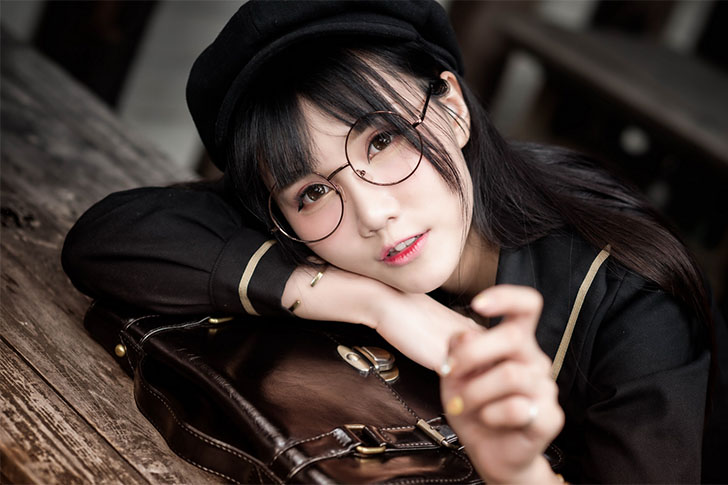
Tracing back, glasses in Japan weren't just for better vision; they symbolized intellect and sophistication, albeit for the menfolk. For women, eyewear added an aura of intelligence to their persona. This accessory, once a rarity, has evolved into a fashion statement. Today, it's not just about sight but style.
Women's spectacles come in many designs, flaunting personality and fashion sense. Men and women enjoy a diverse range of eyewear without disparity in choice or style. Modern Japanese glasses are less about necessity and more about self-expression. It's a fascinating shift—from a functional tool to an integral part of one's style arsenal.
Japan's Women-Only Trains

In Japan's bustling urban landscape, a unique splash of pink on the railways signifies more than just a color choice. These "Women-Only" train cars, marked by their gentle pink hue, originated as a strategic response to overcrowding and harassment in public transport. Operating predominantly during rush hours, they provide a safer, more comfortable commuting environment specifically for women.
While primarily designated for female passengers, these cars are inclusive, welcoming children and individuals requiring special care. Men are also allowed if they're assisting family members in need. This initiative, blending respect for personal space with inclusivity, reflects a thoughtful approach to modern urban travel challenges.
Valentine's Twist in Japan
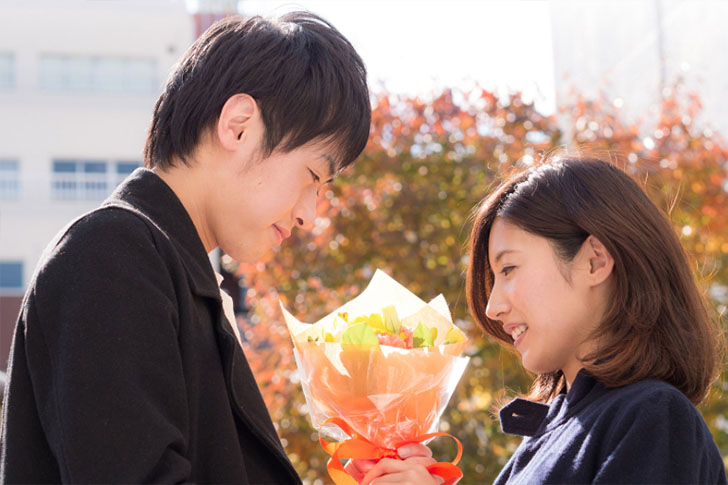
Japan's Valentine's Day is unique in its customs, diverging from traditional Western celebrations. Here, women are the protagonists of the day, taking the initiative in expressing affection. This twist began in the mid-20th century, influenced by clever marketing from confectionery companies. On this day, women gift chocolates to men, signifying love or friendship.
The practice ranges from presenting store-bought treats to handcrafted confections, symbolizing deeper sentiments. This distinct tradition underlines the cultural nuances of Japan, where Valentine's Day isn't just a day of mutual exchange but a special moment for women to express their feelings in a meaningful and sweet manner.
White Day Japan's Sweetheart Response

White Day, celebrated on March 14 in Japan, is a charming counterpart to Valentine's Day. Originating in the late 1970s, this day was the brainchild of the confectionery industry as a way for men to return the affection they received on Valentine's Day. On White Day, men typically gift white chocolates, marshmallows, or other white treats to women who gave them gifts a month prior.
This day goes beyond simple reciprocation; it's often seen as a chance to express gratitude and deepen connections. The unique aspect of White Day lies in its commercial roots, yet it beautifully embodies Japan's culture of thoughtful gift-giving and mutual respect in relationships.
Solo Mothers' Journey in Japan

Single motherhood, once a path shadowed by societal stigma, is witnessing a transformative era in Japan. Traditionally, widows, divorcees, and unwed mothers navigated a landscape rife with social ostracization and economic difficulties. However, times are changing. The resilience of these women is becoming more recognized and celebrated.
Government policies are gradually evolving to provide better support, and societal attitudes are inching towards inclusivity. Stories of single mothers successfully juggling work and parenting are challenging age-old stereotypes. This shift, though gradual, reflects a positive change in acknowledging the strength and diversity of family structures, marking a significant step in the country's evolving social narrative.
Evolving Elegance in Restroom Design
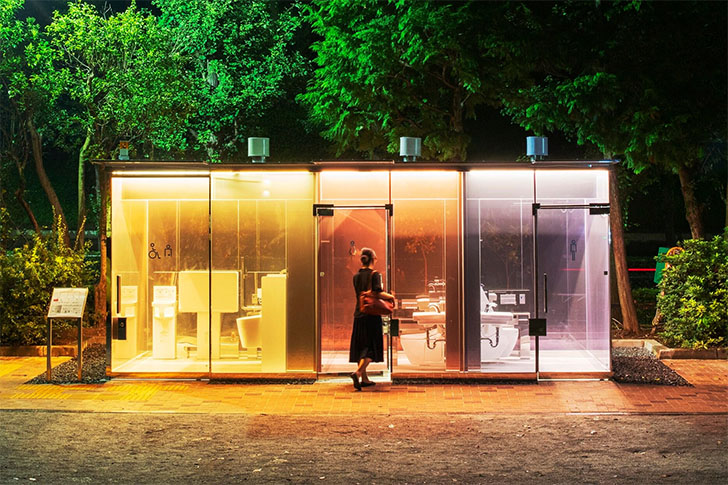
Japanese female restrooms have transformed from basic facilities to spaces of comfort and convenience. In the past, these restrooms were often minimalistic, focusing purely on functionality. Today, they blend hygiene, technology, and thoughtful design. Many restrooms now boast features like seat warmers, bidet functions, and even soothing music.
The change in menstrual care is particularly noteworthy. Vending machines for sanitary products and dedicated disposal units are now commonplace, reflecting a progressive approach to menstruation. This shift towards more empathetic design and services signifies not just a positive change in facilities but also a broader societal recognition of women's needs and comfort.
Sumo Wrestling Women Breaking Barriers
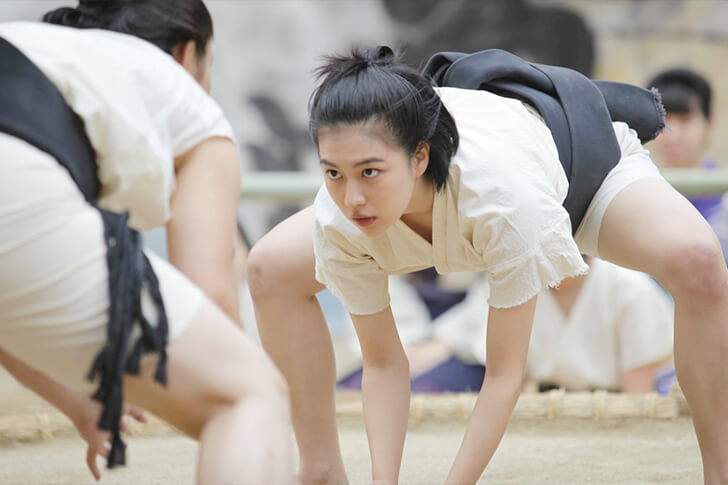
Sumo, a sport steeped in Japanese tradition, has historically been a male-dominated arena. Women weren't only barred from competing and even entering the ring, which was considered sacred and purifying. This exclusion extended to ceremonial roles and functions. However, the landscape is slowly changing with modernity.
While women still can't compete in professional sumo ranks, there's a growing interest and participation in amateur sumo wrestling among women. Clubs and competitions for female sumo wrestlers are emerging, challenging the traditional norms. Though not yet altering professional sumo's fabric, this shift is a significant stride towards inclusivity in a sport deeply rooted in the nation's cultural heritage.
Echoes of Danson Jiuhi
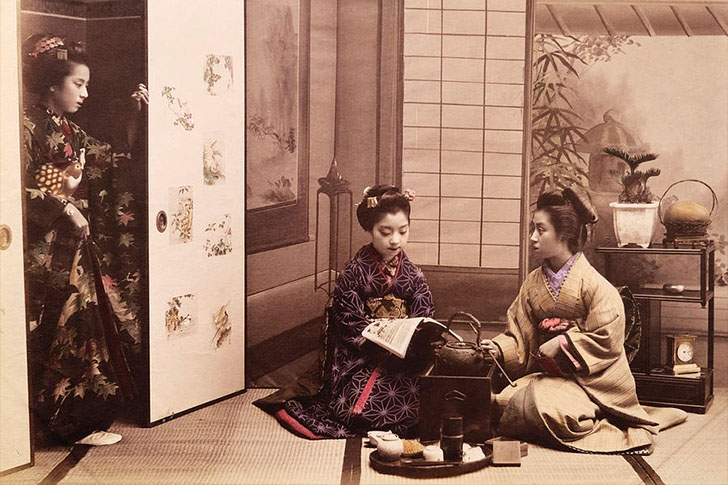
"Danson Jiuhi," an age-old Japanese adage, translates to "respect men and despise women." Rooted in Confucian teachings, it echoed through vintage verses, underscoring a gender hierarchy favoring men. Once deeply ingrained in society, this concept advocated women's subservience and deference to men. Today, the winds of change have swept through the nation, challenging these traditional notions.
Modern Japanese society, with its growing focus on gender equality and women's rights, no longer widely upholds "Danson Jiuhi." The transformation is evident in contemporary literature, policies, and social attitudes, marking a significant shift from the past's rigid gender roles towards a more balanced and equitable society.
Navigating Gender Dynamics

In Japan, women have long navigated a societal labyrinth where male precedence overshadowed their aspirations. Historically, a male-dominated society imposed challenges, from limited career progression to societal expectations emphasizing traditional roles. Girls often found their ambitions and talents secondary to those of boys. Today's landscape, however, reflects a gradual yet undeniable shift.
Women are increasingly visible in leadership roles, and gender equality initiatives are gaining momentum. The change in corporate policies, education, and public discourse is palpable, moving towards a more inclusive environment. While the journey towards complete parity remains ongoing, the strides made highlight the resilience and determination of women to reshape their roles in contemporary Japanese society.
Buddhism's Feminine Revolution
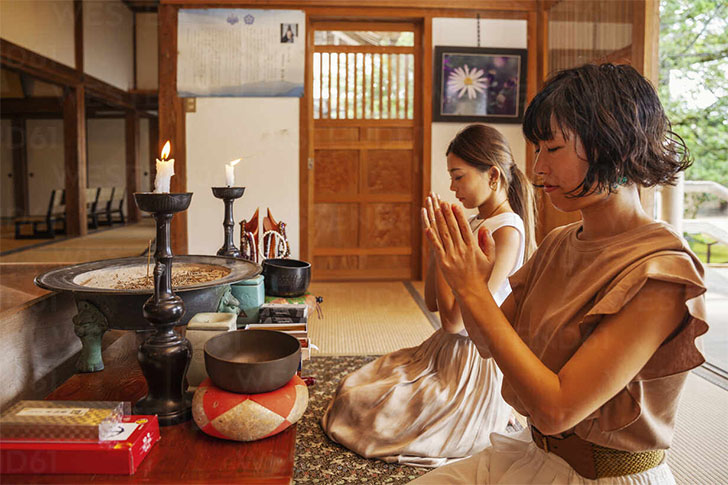
In the annals of Japanese Buddhism, women's roles have undergone a remarkable transformation. Historically, they were often tagged with the "sin chip," a symbolic burden suggesting inherent impurity and a source of discord for men. This perspective, rooted in ancient texts, marginalized women in religious practices. However, over the centuries, they've progressively redefined their position, emerging as champions of Buddhism.
Modern Japanese women, leveraging the egalitarian teachings of Buddhism, have embraced leadership roles in religious communities, breaking away from past constraints. Their involvement today ranges from scholarly pursuits to active participation in rituals, illustrating a significant shift from the past's restrictive views to an empowered and inclusive spiritual landscape.
Sushi's Gender Shift
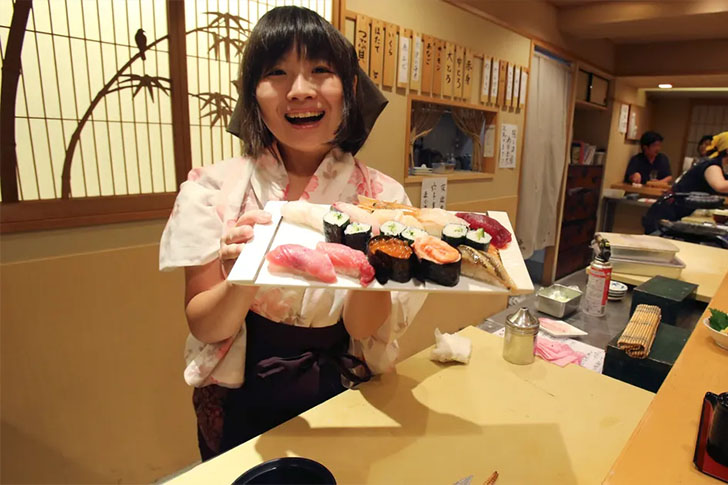
The art of sushi-making in Japan was traditionally a male-only domain. This stemmed from the belief that women's hands were too warm to handle raw fish, affecting the sushi's taste and quality. Additionally, strong perfumes and cosmetics, which became popular in the 20th century, were thought to alter the flavor.
Today, these notions are being challenged and overturned. Women sushi chefs are emerging, showcasing skill and finesse equal to their male counterparts. This evolution reflects broader changes in societal attitudes towards gender roles in professional settings. It testifies to the evolving culinary landscape, where talent and passion, rather than gender, define one's ability to craft exquisite sushi.
Equality on Paper, Reality in Progress
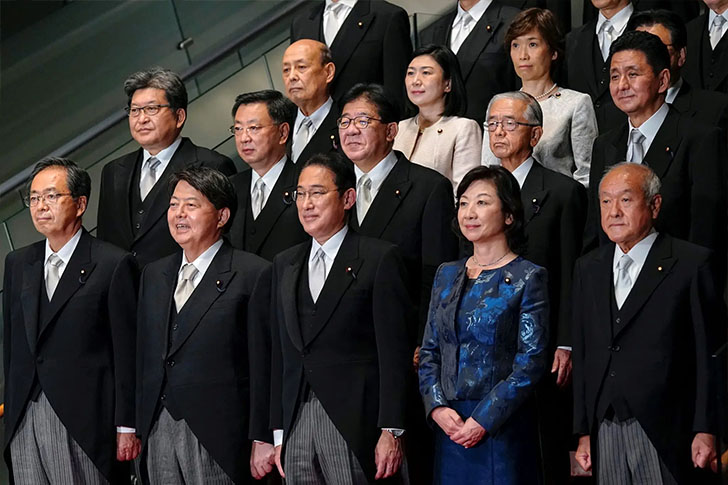
The 1946 Japanese constitution was a groundbreaking move, granting women equal rights. This bold step promised a new era of gender equality. However, the journey from legal equality to actual practice was arduous. Despite constitutional guarantees, men continued to dominate many societal and professional spheres. Traditional views on gender roles persisted, often keeping women in secondary positions.
Now, the scenario is gradually shifting. Women are making significant strides in various fields, yet the crown of absolute equality remains elusive in some areas. This ongoing evolution reflects a society in transition, striving to align its traditional values with the modern ideals of equality and fairness.
Echoes of Unheard Voices

Despite the 1946 constitutional change in Japan, the everyday reality for many women remained unchanged. Freedoms on paper didn't instantly translate into altered domestic dynamics. Women continued to shoulder the majority of household chores, a reflection of deep-rooted cultural expectations. Their voices, especially when speaking out against their husbands, were often muted by societal norms favoring male authority.
This silence within homes starkly contrasted the public promises of equality. In contemporary times, there's been a gradual shift. More women are voicing their opinions and challenging traditional roles, yet the journey toward true equality in domestic settings is an ongoing battle against entrenched cultural norms.
Marital Tides of Japanese Women
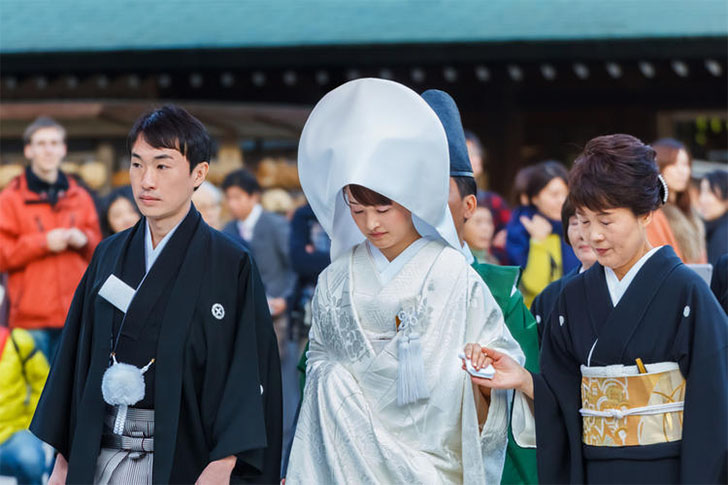
Historically, marriage in Japan was a rigid institution, especially for women. Divorce, though legally permissible, was socially stigmatized and rare. Women married to wealthy men often found themselves in comfortable yet restrictive roles, bound by expectations of subservience and propriety. In contrast, those in poorer households faced the dual burdens of economic hardship and limited autonomy.
Options to leave an unhappy marriage were scarce, with societal norms favoring marital perseverance. Today, the landscape is evolving. Women are increasingly asserting their rights, and divorce, while still challenging, is more socially accepted. This shift reflects a broader attitude change toward women's autonomy and marital happiness.
Eldest Son Marriages a Woman's Tale

Marrying the eldest son in a Japanese family traditionally meant a distinct role for women. They were expected to embrace not just a partner but a lineage, often moving into the family home and assuming significant responsibilities, including elder care and upholding family traditions. In the past, this role was marked by submission to the husband's family.
It'd sometimes lead to a loss of individual identity. However, contemporary shifts have brought subtle changes. Women now more often negotiate their roles, balancing tradition with personal aspirations. While the essence of the role remains, there's a growing recognition of the need for balance and mutual respect in these marriages.
Sacred Femininity in Japanese Spirituality
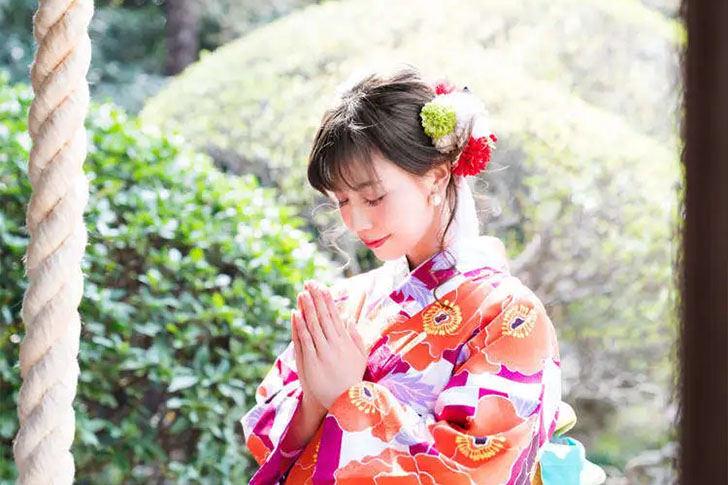
In Japan's spiritual tapestry, women have played nuanced roles. Historically, in Shinto, the indigenous religion, women could hold significant positions, like shrine maidens (Miko), performing sacred rituals and dances. However, their Buddhist roles were more constrained, often limited by traditional gender norms. Over time, this landscape has evolved.
Modernity has seen women stepping into more prominent positions in both Shinto and Buddhist practices. They're not just participants but also leaders and educators, imparting ancient wisdom and practices. This evolution from peripheral figures to central spiritual and cultural heritage custodians marks a significant shift in recognizing and valuing women's roles in the nation's religious spheres.
Women's Exclusive Spaces
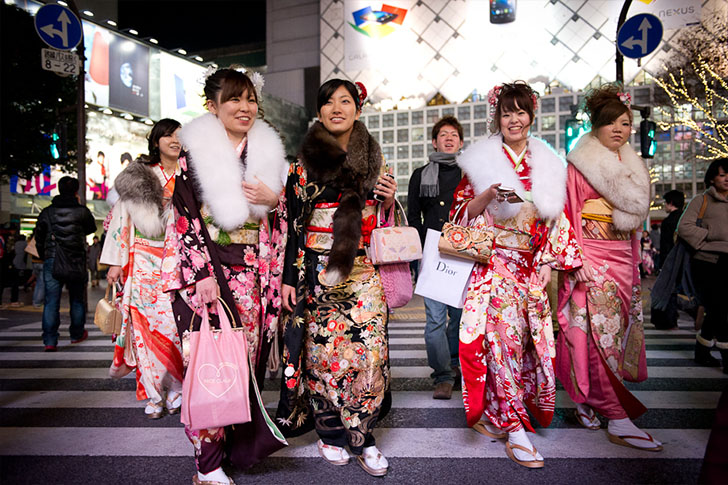
The landscape of women-only spaces in Japan reflects a unique blend of tradition and modernity. From women-only train cars to female-focused spas, these spaces offer safety and comfort. The concept extends to "Lady's Day" discounts in cinemas and museums, where they enjoy reduced prices, highlighting a gendered approach to consumerism.
Even in services and products, there's often a price divide, with items targeted at women sometimes costing more. However, modern times are gradually shifting towards gender neutrality in public spaces and pricing. This evolution reflects changing attitudes towards gender roles, balancing tradition with a more inclusive approach to space and service.
Navigating the Workplace Labyrinth

In Japan's job market, women often face a complex maze of challenges and opportunities. Historically, the corporate world leaned heavily towards men in both opportunities and pay. Women frequently encountered the "glass ceiling," limiting career advancement. Equal pay remains an issue, with a noticeable wage gap compared to male colleagues.
However, the tide is turning. Modern years have seen a push towards greater gender equality, with initiatives to increase female participation in leadership roles and close the pay gap. This shift, fueled by both societal pressure and economic necessity, signals a gradual but significant change in the nation's employment landscape.
Masters of the Domestic Realm
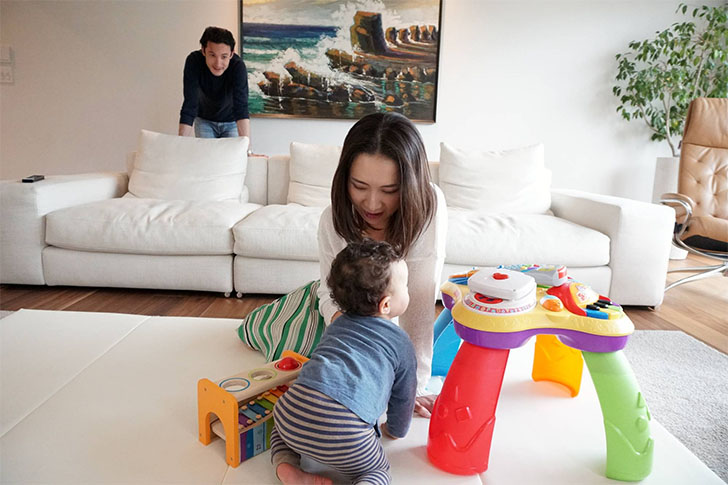
In the Land of the Rising Sun, the role of housewives is deeply embedded in cultural norms. These women skillfully manage household affairs, from intricate meal preparations to meticulous budgeting. Their role, often romanticized, is rooted in traditional views of family structure. Employers here have historically preferred employees with fewer family commitments.
They believe them to be more dedicated and less distracted. This preference subtly encouraged women's domestic mastery. However, societal dynamics are gradually shifting. More women are balancing home responsibilities with careers, challenging the conventional housewife archetype. This change reflects an evolving recognition of women's multifaceted capabilities beyond the confines of domesticity.
Whispers of Change
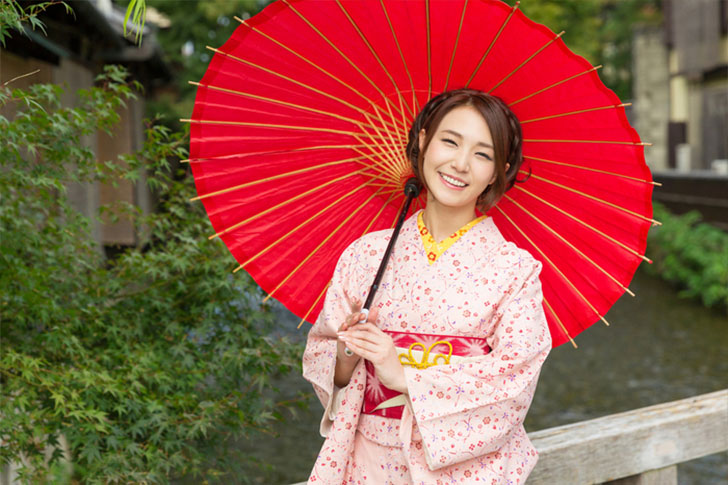
Traditionally, in Japan's cultural fabric, women were expected to adopt a demeanor of silence and deference around men, particularly their husbands. Speaking loudly, shouting, or exhibiting assertive communication was often considered taboo, going against the ingrained norms of feminine modesty. Inviting someone out or making gestures like friendly hugs weren't typical, reflecting a reserved and formal interaction style.
However, this narrative is slowly evolving. Women are increasingly finding their voices in personal and professional spheres, challenging the long-standing expectation of silent compliance. This shift reflects a broader societal transformation, where the values of open expression and equality are gaining ground, reshaping traditional gender dynamics.
Romance Rituals Redefined

Dating in Japan once followed a delicate dance of customs and unspoken rules. Traditionally, men led the way, with women often assuming a more passive role. A poignant symbol of this dynamic was the practice of wives walking three steps behind their husbands, reflecting a deeply rooted sense of respect and hierarchy within relationships.
In the modern world, these customs are transforming. Contemporary dating sees a more balanced approach, with women increasingly taking the initiative. The old tradition of deference is giving way to mutual respect and partnership, mirroring the nation's evolving attitudes toward gender roles and equality in romantic relationships.
Dinner Date Dynamics
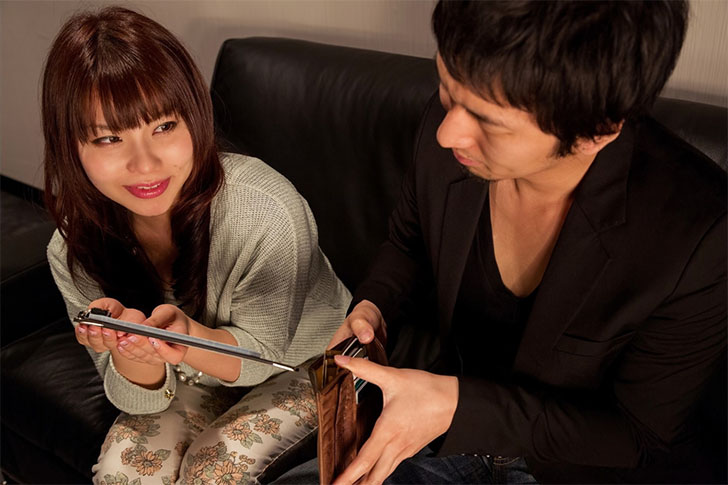
In Japanese social etiquette, splitting the bill on dates, commonly known as "going Dutch," isn't a widespread practice. Traditionally, the expectation is that the man pays, a gesture seen as a sign of respect and care. This custom stems from conventional gender roles and societal expectations. However, as gender norms evolve, so do dating customs.
Younger generations increasingly embrace the concept of sharing expenses, viewing it as a sign of equality and mutual respect in a relationship. This shift towards splitting the bill reflects broader changes in the country's perspective on gender roles and relationships, resonating with modern values of equality and partnership.
Elegance Unveiled in Dating Etiquette

Women in the Land of the Rising Sun are often held to higher standards of dress and conduct than their male counterparts in dating. Elegance is paramount, and fashion is considered an art form. The ethos is that less isn't more; modesty and sophistication take precedence.
Revealing attire, particularly chest exposure, is generally viewed as lacking in elegance. Tattoos, traditionally associated with taboo elements of society, are also frowned upon in dating scenarios. However, contemporary attitudes are gradually shifting. Younger generations are embracing diverse fashion statements and challenging the traditional norms of dating attire, signaling a subtle yet significant change in societal perceptions.
Subtle Displays of Affection in Public
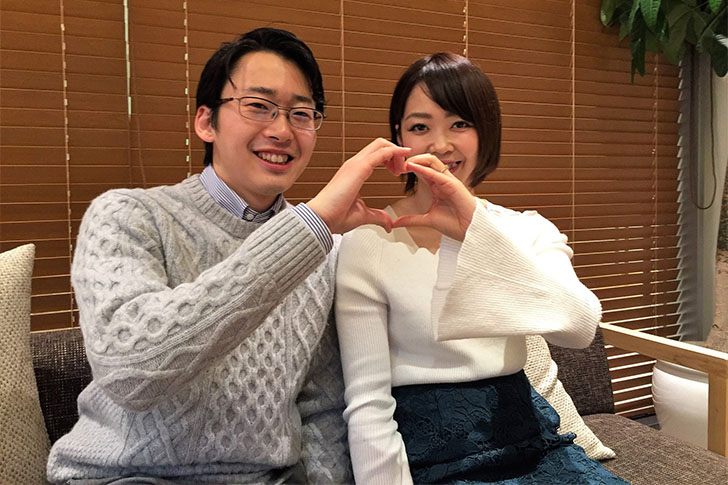 Public displays of affection in Japan's conservative culture have long been subtle and understated. This restraint stems from social norms valuing modesty and discretion, especially in public. Holding hands is generally acceptable, but more demonstrative acts like kissing, even light pecks on the cheek, are rarely seen in public.
Public displays of affection in Japan's conservative culture have long been subtle and understated. This restraint stems from social norms valuing modesty and discretion, especially in public. Holding hands is generally acceptable, but more demonstrative acts like kissing, even light pecks on the cheek, are rarely seen in public.
This discretion aligns with the broader cultural emphasis on respecting others' space and privacy. However, there's a gentle shift occurring, particularly among younger generations in urban areas. While traditional norms still hold sway, these newer attitudes reflect a gradual, albeit cautious, acceptance of mild public displays of affection in this East Asian nation.
Timeliness as a Cultural Imperative
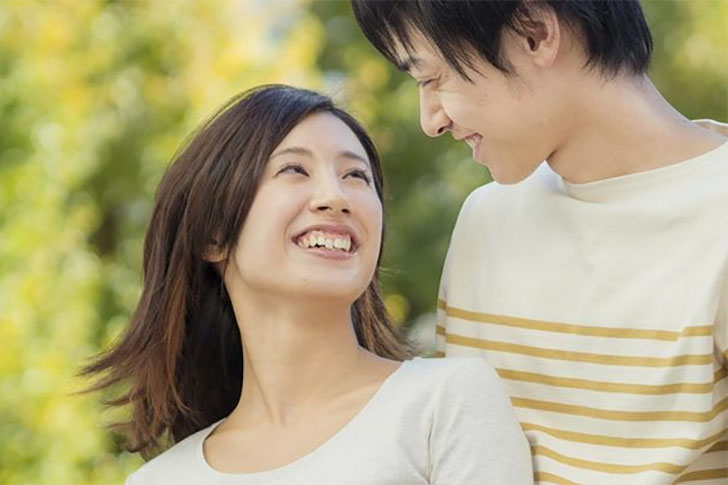
Punctuality in Japan, known for its precise trains and rigorous work ethic, is a cultural cornerstone, deeply influencing dating and social interactions. Arriving on time isn't just appreciated but expected, with early arrival often seen as a sign of respect and good planning, but don't overdo it.
This obsession with punctuality stems from a broader societal value placed on respect, efficiency, and consideration for others. In dating, punctuality is viewed as a gesture of sincerity and reliability. The emphasis on timeliness permeates every aspect of life, from business meetings to social gatherings, reflecting a collective commitment to harmony and respect in shared time and space.
Whimsical Cafes in Japan
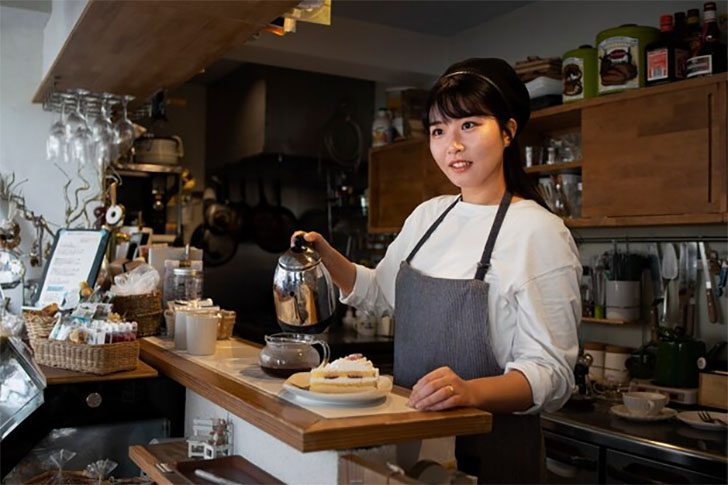
The cafe culture in the Land of the Rising Sun is an eclectic fusion of tradition and whimsy. Beyond the classic coffee shops, themed cafes like cat, owl, and robot venues offer unique experiences, blending relaxation with entertainment. These thematic wonderlands are more than just eateries; they're immersive worlds where patrons can enjoy their favorite beverages amidst unusual surroundings.
The nation's coffee culture has also evolved, with a growing appreciation for specialty brews and artisanal methods. This blend of traditional coffee appreciation with innovative themed environments showcases Japan's unique approach to culinary experiences, catering to both the traditional coffee connoisseur and the adventurous café-goer.
Neon Nights and Diverse Delights
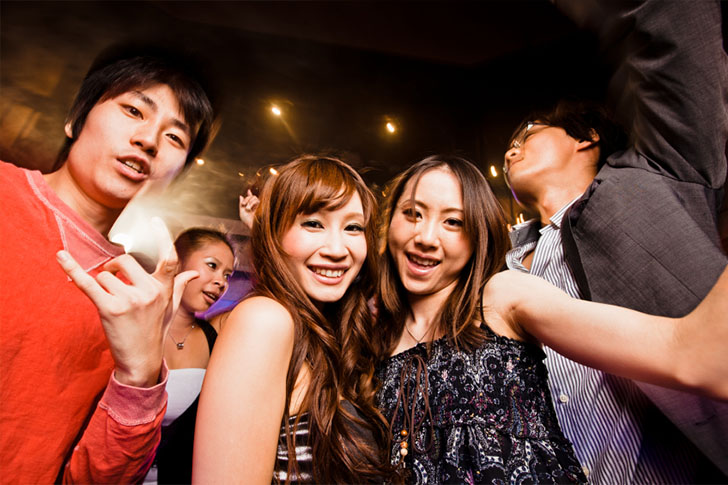
The nightlife in Samurai Blue land offers a kaleidoscope of experiences, where women's spaces range from lively karaoke bars to elegant cocktail lounges. The night scene unfolds a vibrant world filled with dazzling neon lights, eclectic music, and an array of dining and drinking options for both locals and visitors.
Women actively participating in this nocturnal escapade enjoy the freedom and safety the night offers. The night offers something for every mood and taste, from bustling Izakayas to serene tea houses open late. This dynamic nightlife mosaic, blending tradition with modernity, provides a unique glimpse into the nation's culture, catering to every inclination from serene to spirited.
Romance Etiquette in the East
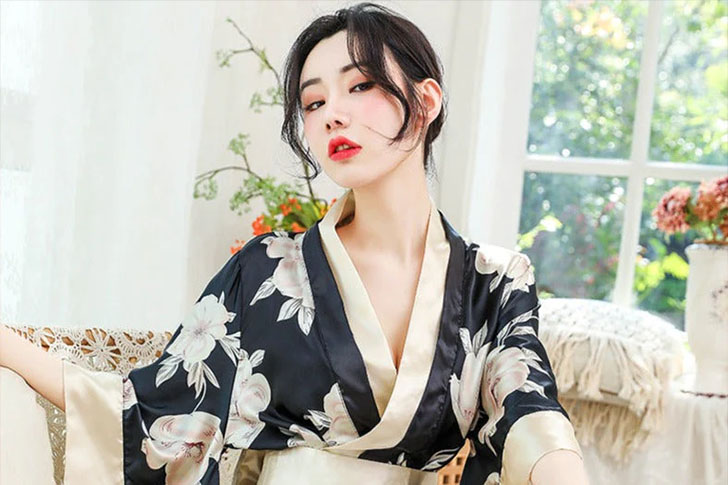
In the East Asian world of dating, Japan presents unique cultural quirks. Eye contact, for instance, carries nuanced rules; directness is often avoided, especially in the initial stages of dating, reflecting a sense of respect and modesty. Monthly love anniversaries are another distinct feature, celebrated with small gifts or dates, symbolizing the continuous nurturing of the relationship.
Love is expressed in thoughtful, often understated ways rather than through grand gestures. This delicate dance of romance, combining subtlety with deep affection, reflects traditional values and contemporary relationship dynamics in a country known for cherry blossoms, offering a charmingly different perspective on love and courtship.
Starry-Eyed Romance in Japan
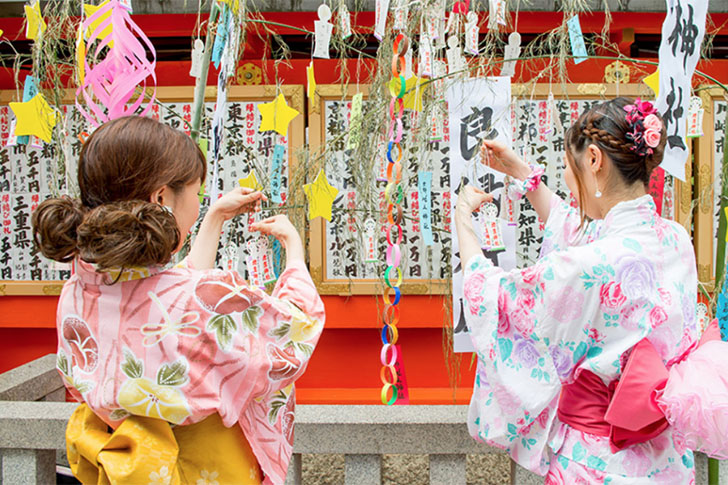
Falling in love in Japan intertwines with charming festivals, including the enchanting "Tanabata." Known as the Star Festival, it celebrates a romantic story about two deities represented by stars, separated by the Milky Way, and allowed to meet just once a year. On this day, people write wishes, often related to love, on colorful paper strips and hang them on bamboo trees.
As modernity weaves into the nation's culture, these traditional lores adapt, merging ancient romantic ideals with contemporary expressions of love. While Tanabata retains its poetic allure, it now coexists with modern romantic practices, symbolizing the harmonious blend of old and new love stories.
Whispers of Affection in Japanese Dating
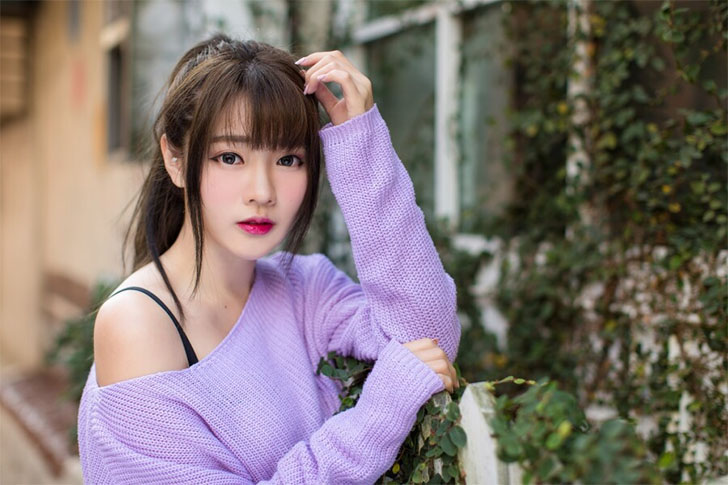
Embracing the art of subtlety in dating, women in the land known for its many vending machines often communicate through gentle hints and nuanced cues. This approach is deeply rooted in the cultural concept of "Kuuki wo Yomu," literally meaning "reading the air." It involves understanding and responding to unspoken emotions and situations, an essential skill in romantic interactions.
When courting a Japanese woman, it's important to be attuned to these subtle communications. Success in romance often depends on one's ability to perceive and respect these indirect expressions of interest or affection, reflecting a culture where directness is often eschewed in favor of implicit understanding and emotional sensitivity.
Love's Enduring Journey
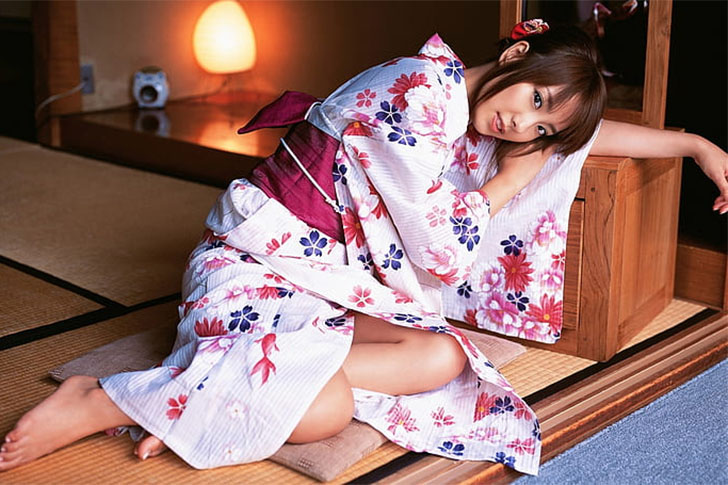
Courtship in the manga- and anime-laden state, reminiscent of the slow, poetic grace of the Heian period, is often a marathon rather than a sprint. This approach to dating, favoring a gradual unfolding of the relationship, finds its roots in the nation's historical love ideals.
During the Heian era, courtship was an art form characterized by exchanging carefully penned poems and taking time to deeply understand one another. Today, this tradition influences modern dating, where taking things slowly is seen as a way to build a meaningful and lasting connection. Patience and thoughtfulness in developing relationships reflect a cultural appreciation for depth and sincerity in romantic pursuits.
Debunking Myths in Dating
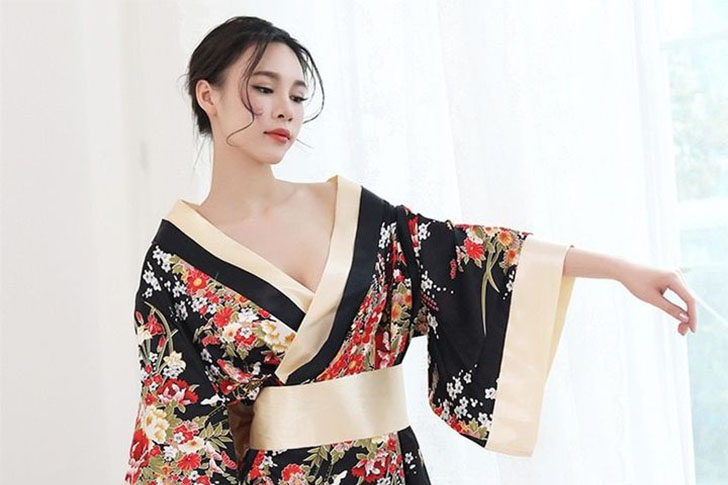
When dating in the Land of the Rising Sun, it's crucial to navigate beyond stereotypes about women from this state with a rich culture of cuisines. Common misconceptions paint them as submissive or overly delicate. However, these views are outdated and don't reflect modern Japanese women's diverse personalities and strengths.
Understanding this is vital to fostering a relationship based on respect and mutual understanding rather than preconceived notions. Recognizing individuality over stereotypes not only deepens the connection but also respects the cultural context in which these women live and thrive. This approach allows a more genuine and meaningful exploration of the romantic landscape.
Unraveling the Subtleties of Affection
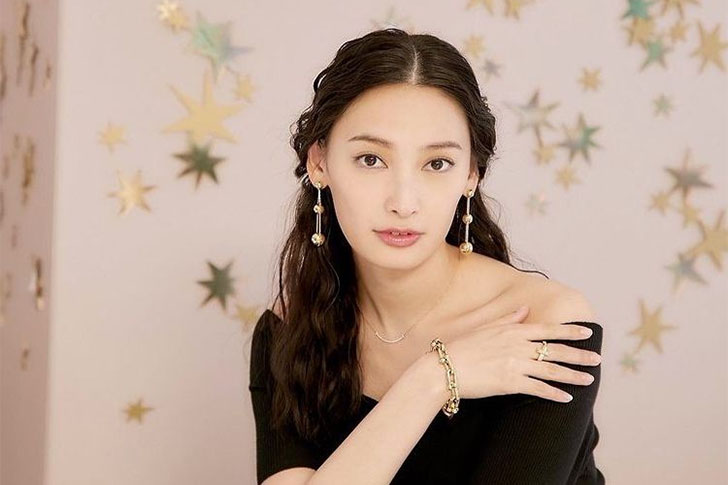
Navigating the slow-paced courtship rituals in Japan requires patience and keen observation. To discern if a woman is genuinely interested, look for subtle, non-verbal cues: consistent eye contact, though not overly direct, smiles, and attentive listening. A woman showing interest might also share personal stories or ask questions about your life, indicating a desire to know you better.
An increased communication frequency, such as more frequent texts or calls, can also be a sign. Appreciating these understated expressions of interest is important, as they are deeply rooted in a culture that values discretion and emotional restraint in the early stages of romance.
Miai Traditions in Modern Matchmaking
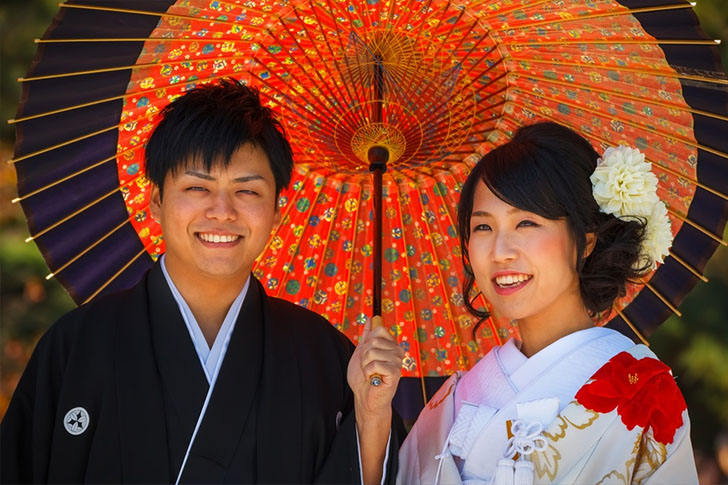
The miai or omiai tradition, a quintessential aspect of Japanese matchmaking, emphasizes arranged meetings for potential marriage partners. Often facilitated by family members or professional matchmakers, this method prioritizes long-term compatibility over immediate romantic attraction. Factors like social status, family background, and personal values are meticulously considered, reflecting a pragmatic approach to finding a suitable life partner.
While rooted in tradition, miai has gracefully adapted to contemporary societal shifts. Its enduring presence highlights a unique blend of cultural heritage and modern sensibilities in pursuing marriage. This careful balance between tradition and modernity in matchmaking exemplifies Japan's nuanced approach to relationships and family formation.
Crafting Love with Delicate Care
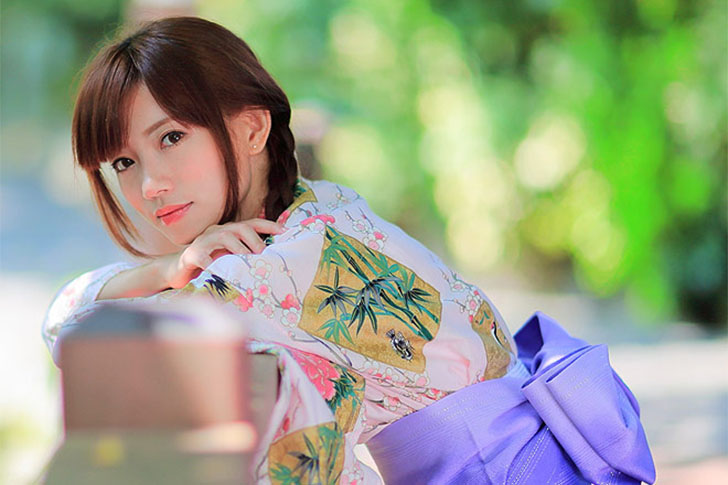
Women in this East Asian state have a unique approach to nurturing love and affection. They often prioritize emotional connection and harmony in relationships, mastering the art of subtle communication and thoughtful gestures. They kindle the flame of love by paying attention to small details, like preparing a favorite meal or remembering significant dates.
This nurturing isn't just about grand gestures but is deeply rooted in daily acts of kindness and understanding. It's a testament to their belief in love as a continuous, evolving journey rather than a destination. These gentle yet profound expressions keep the eternal flame of love burning brightly.
Simplicity as the Essence of Fashion

In fashion, women in the state ranked third in the world GDP in 2022 often favor simplicity over extravagance. Their style embodies the philosophy that less is more, focusing on quality and timeless design rather than flashy brands or hefty price tags. This approach is achieved through minimalist wardrobes that blend functionality with elegance.
Fashion often incorporates versatile pieces that can be mixed and matched. With modernity, there's a growing trend toward sustainable fashion, further emphasizing the value of simplicity and durability. This shift reflects an evolving consciousness about fashion as an expression of personal identity and ethical choice rather than mere consumption.
Revealing Ambition Beyond the Bow
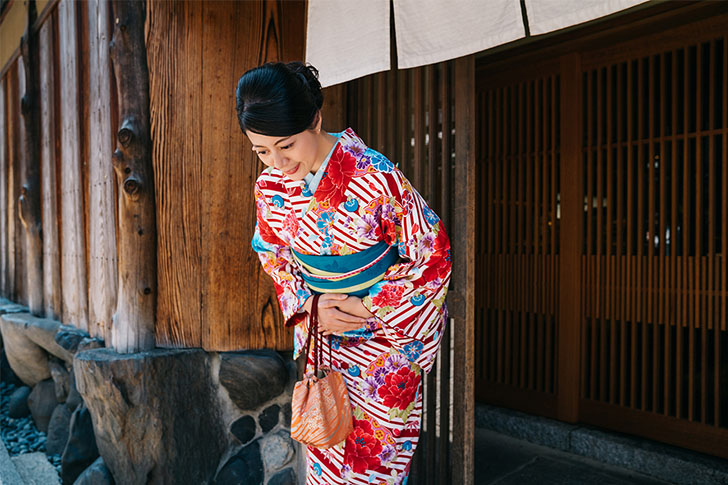
The artful "ojigi," or bow, in Japan's culture, is more than a sign of respect; it's a window into a woman's ambitions and character. The depth and duration of the bow can convey various levels of respect and intent. To decode the ambitions of these stunning women, one must look beyond this traditional gesture.
Observing their dedication in their respective fields, meticulous work, and persistence in overcoming societal barriers reveals their true aspirations. Women here often embody a quiet strength and resilience, striving for excellence while maintaining grace and poise, a testament to their deep-seated ambitions and capabilities.
Homeward Bound After Work

Many women in Japan cherish the tranquility of home after a day's work. This preference stems from a cultural appreciation for personal space and relaxation. At home, they indulge in activities like cooking, reading, or pursuing hobbies that help them unwind and recharge. This understanding can be pivotal in planning the perfect date.
Instead of the usual outing, consider a cozy and affordable evening at home or in a private setting that resonates with this love for a peaceful environment. Such a date, tailored to their comfort zone, can be both thoughtful and intimate, aligning with the understated elegance of the country's social norms.
Sacred Shinto Rituals and Their Meaning
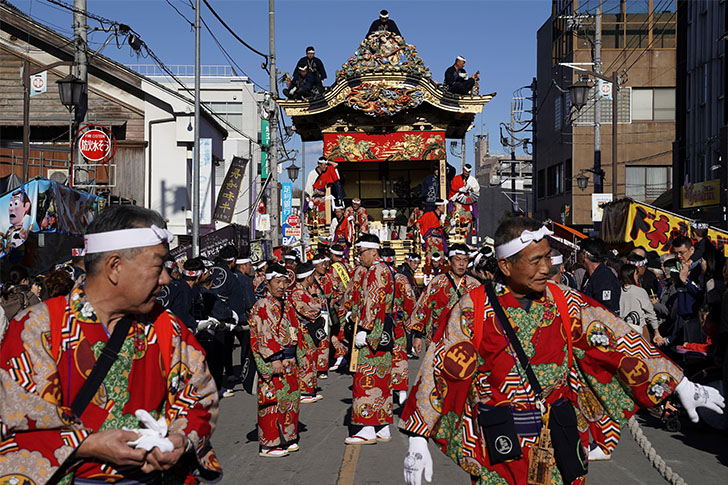
Shinto ceremonies, deeply rooted in the cultural fabric of Japan, are more than mere rituals; they symbolize a profound connection with nature, ancestors, and the divine. These ceremonies, ranging from small daily offerings at home altars to grand festivals at shrines, embody gratitude, respect, and a desire to maintain harmony between the human and spiritual realms.
Each ritual, marked by purity and simplicity, holds significant meaning, whether celebrating life milestones or changing seasons. Their significance lies in fostering a sense of community, continuity of traditions, and a deep reverence for the natural world, reflecting the core values and spiritual depth of this East Asian society.
Wedding Traditions and Family Bonds
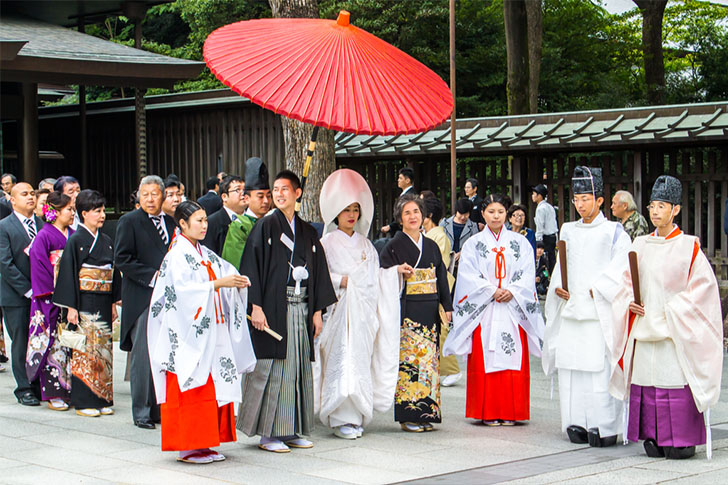
Family ties and the "tango" ceremony hold deep significance in Japanese weddings. This tradition underscores the importance of family in the marital union, with relatives playing key roles throughout the event. The "uchi-soto" dance, a symbolic performance, reflects the integration of the bride and groom into each other's families.
It's a visual representation of the merging of two households, embodying respect and unity. Families' involvement extends beyond mere presence, often influencing decisions and participating actively in rituals. These customs emphasize the collective nature of marriage in Japan, where joining two people is also about bringing together two families, honoring ancestral ties, and respecting established familial bonds.
Gift-Giving Elegance in Japanese Tradition

The art of gift-giving in Japan is steeped in thoughtfulness and elegance. Central to this tradition is the "shugi-bukuro," an ornate envelope used for presenting monetary gifts on special occasions. Its elaborate design and careful folding symbolize respect and good wishes for the recipient. In this culture, odd numbers, especially in cash gifts, are significant.
Odd numbers are considered auspicious, symbolizing the belief that good fortune cannot be divided. This practice reflects a deep-rooted cultural value of intentionality and symbolism in gift-giving, where the presentation and meaning are as important as the gift itself, embodying a profound respect for the recipient and the occasion.
Changing Tides in the Kitchen
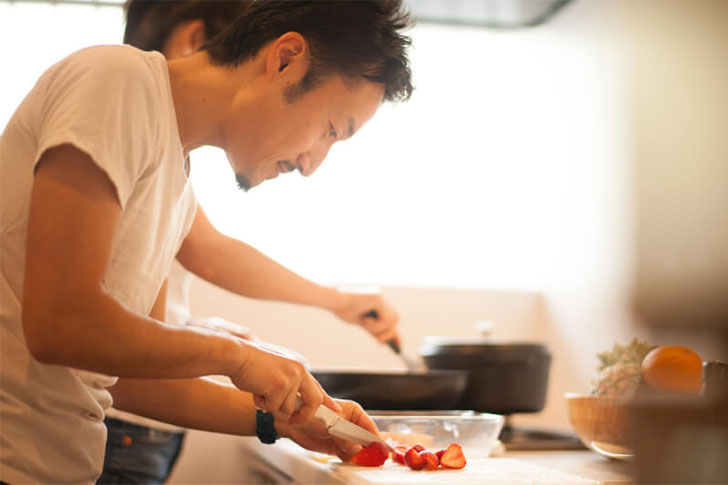
In the past, the kitchen in many Japanese households was predominantly a woman's domain, with men seldom crossing its threshold. This division was part of a broader societal structure that delineated gender roles. However, contemporary lifestyles are reshaping this norm. The increasing involvement of men in cooking reflects changing attitudes toward gender roles and domestic responsibilities.
This shift isn't just about sharing chores like cooking, doing laundry, or washing dishes; it symbolizes a deeper recognition of equality and partnership in household management. For women, it means redefining traditional roles, opening up opportunities for shared responsibilitie, and challenging long-held stereotypes about domestic duties.
Women's Stride Beyond Traditional Roles
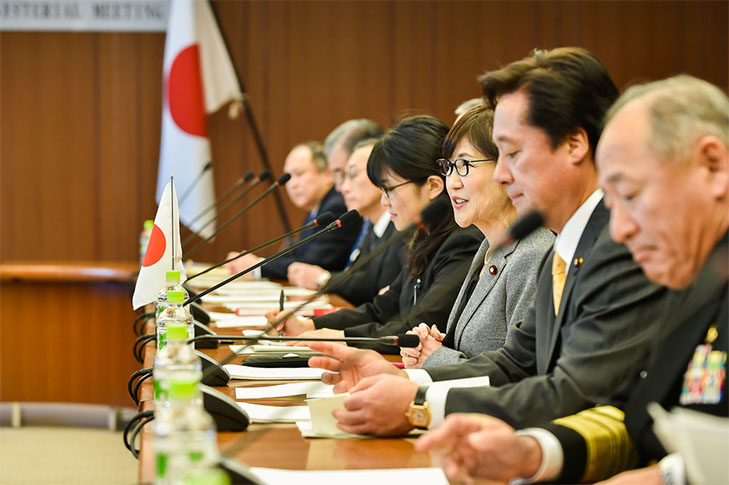
Japanese women have made significant strides in dismantling traditional gender roles. Their journey towards equality has seen them enter and excel in professions historically dominated by men, advocating for fair treatment and opportunities. The modern world is gradually embracing this change, though the pace varies across different sectors and societal attitudes.
Although slow, progress in corporate leadership roles and political representation is underway. The future holds promise for further advancements, including closing the gender pay gap and achieving greater work-life balance. As societal perceptions continue to evolve, we can expect these competitive women to play increasingly prominent roles in shaping the nation's future.
